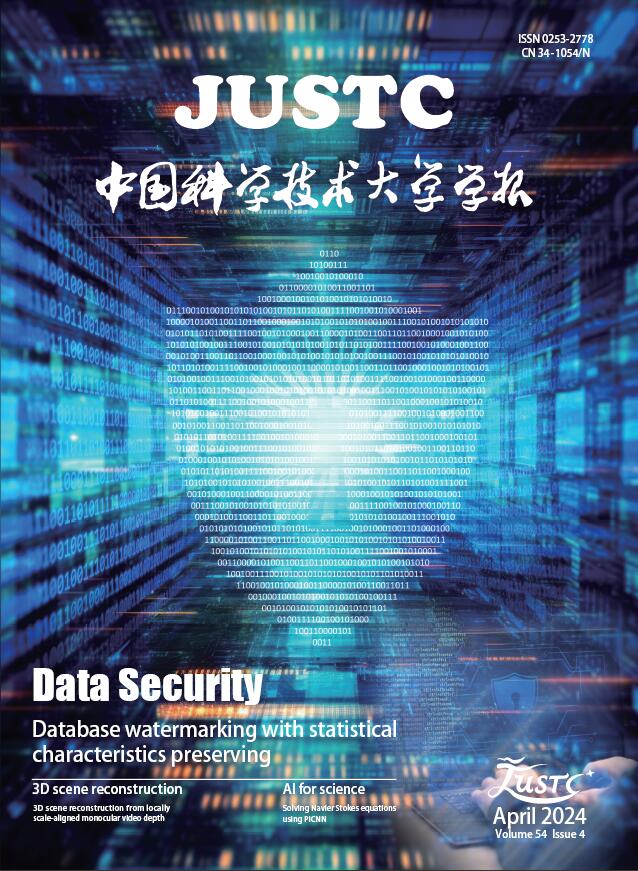2015 Vol. 45, No. 4
Display Method:
2015, 45(4): 259-267.
doi: 10.3969/j.issn.0253-2778.2015.04.001
Abstract:
2015, 45(4): 275-279.
doi: 10.3969/j.issn.0253-2778.2015.04.003
Abstract:
2015, 45(4): 286-293.
doi: 10.3969/j.issn.0253-2778.2015.04.005
Abstract:
2015, 45(4): 302-307.
doi: 10.3969/j.issn.0253-2778.2015.04.007
Abstract:
2015, 45(4): 308-313.
doi: 10.3969/j.issn.0253-2778.2015.04.008
Abstract:
2015, 45(4): 321-328.
doi: 10.3969/j.issn.0253-2778.2015.04.010
Abstract:
2015, 45(4): 337-344.
doi: 10.3969/j.issn.0253-2778.2015.04.012
Abstract:





